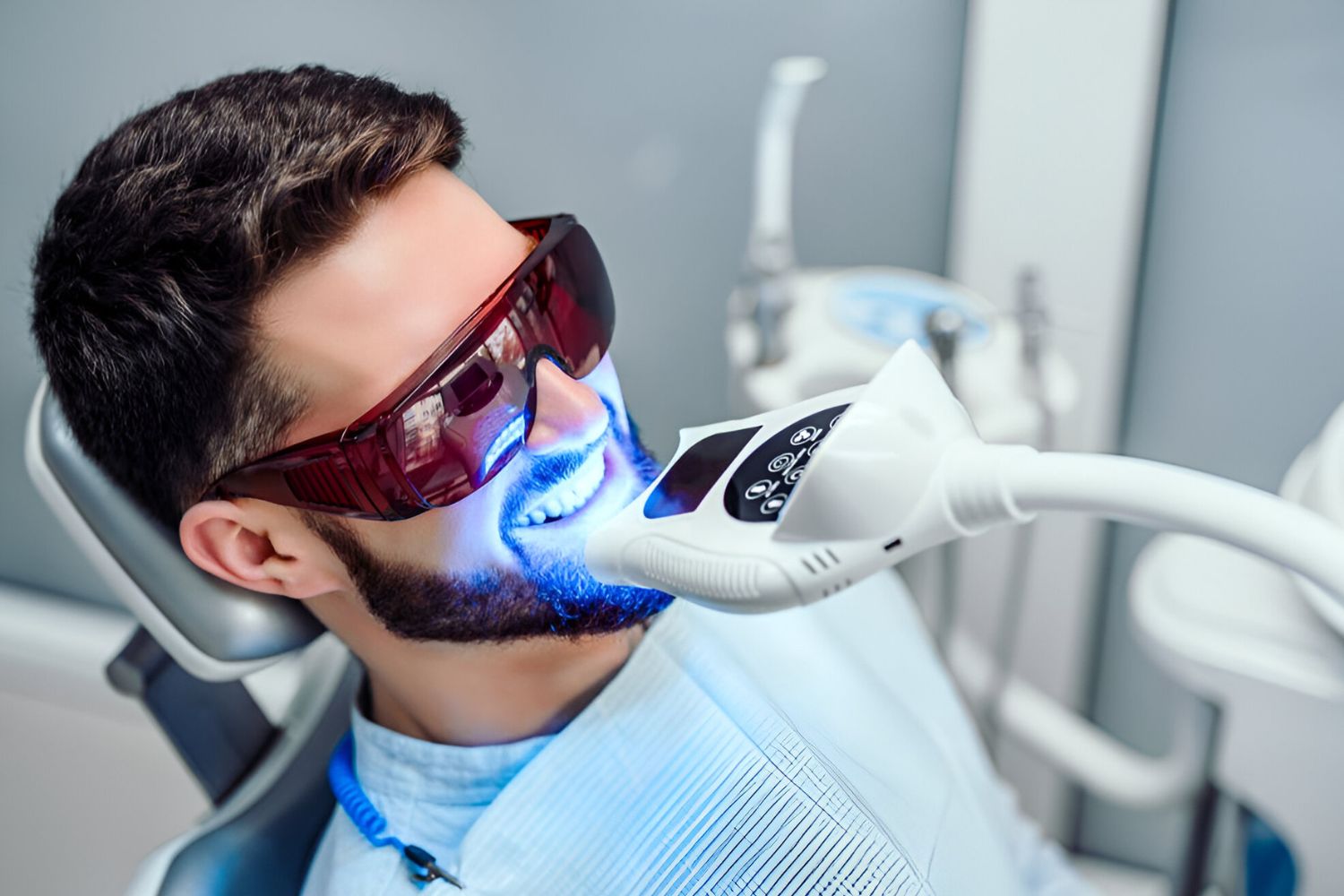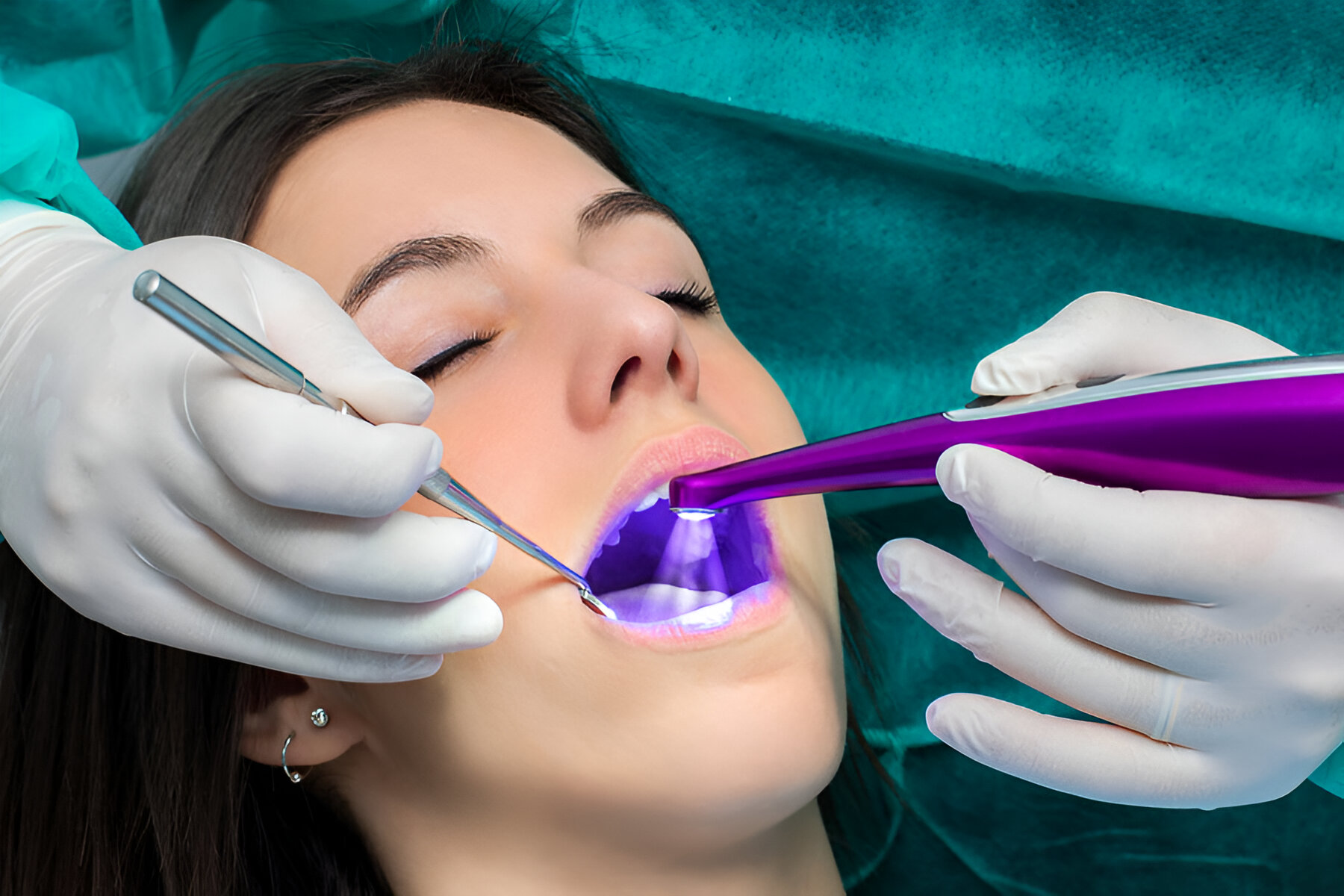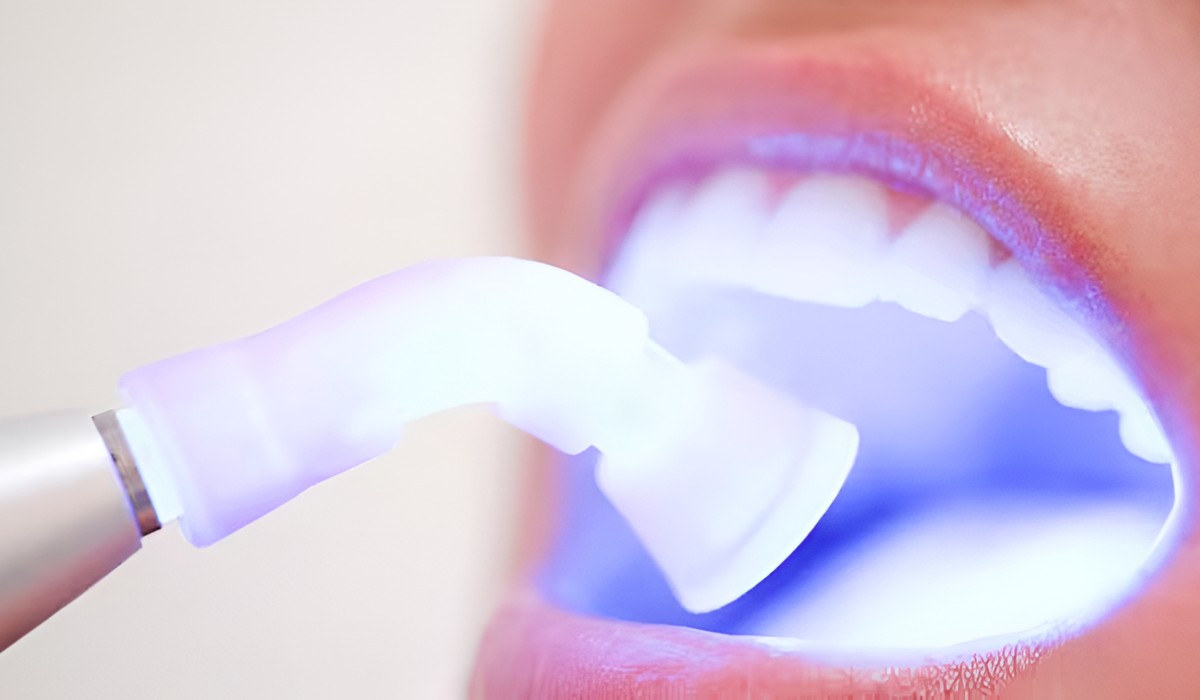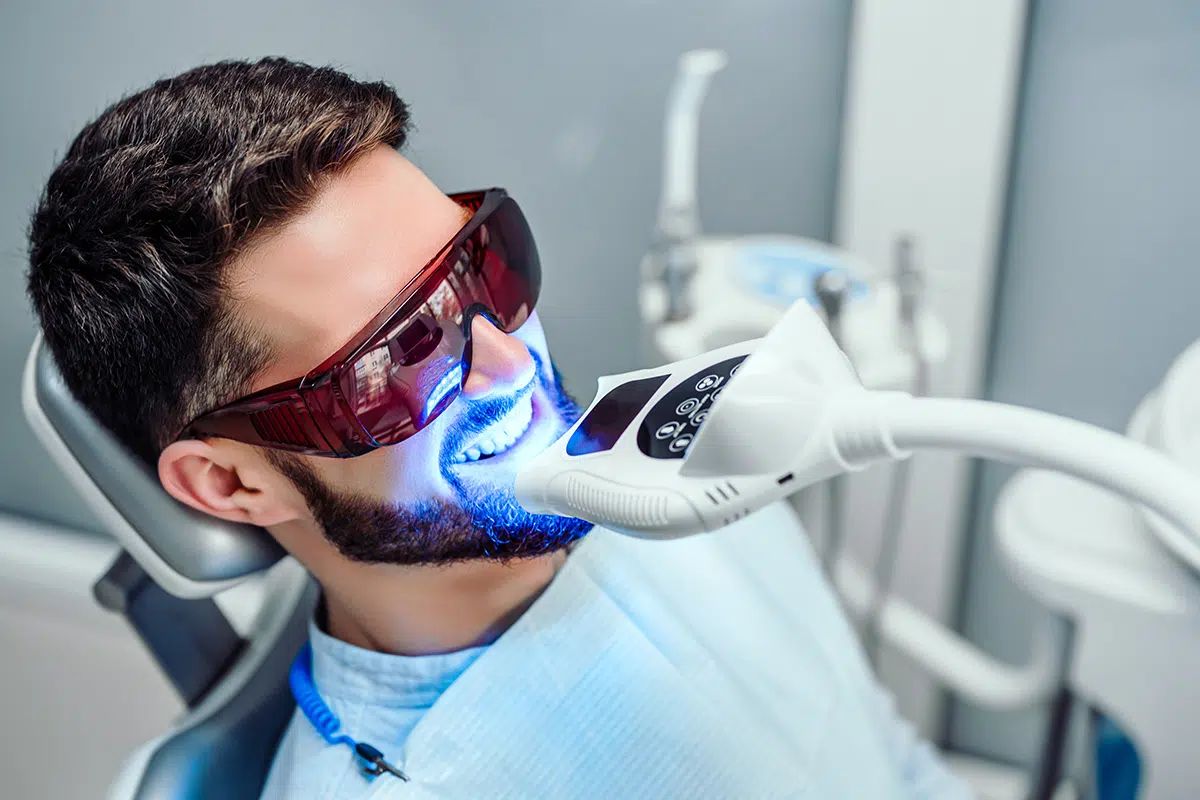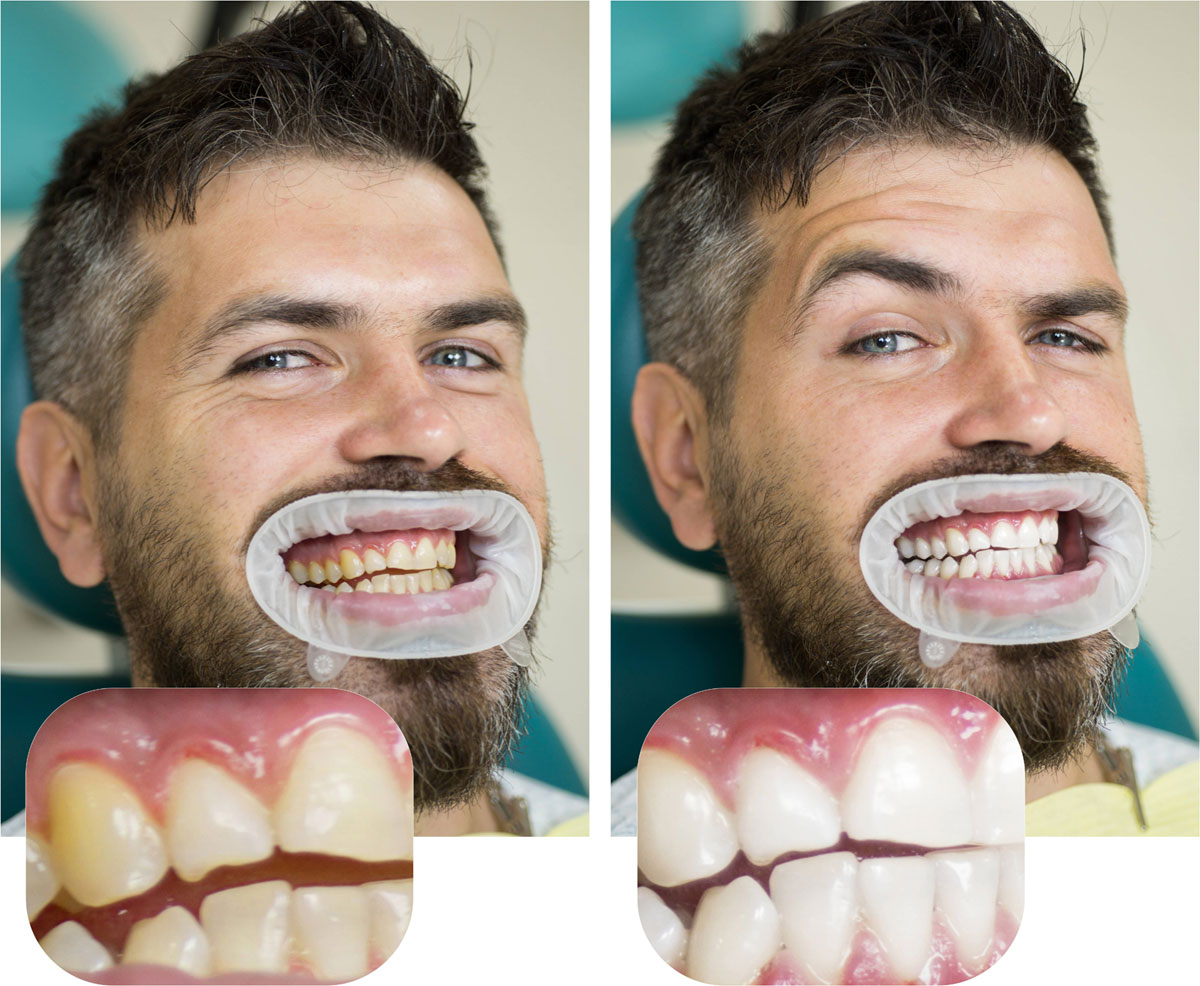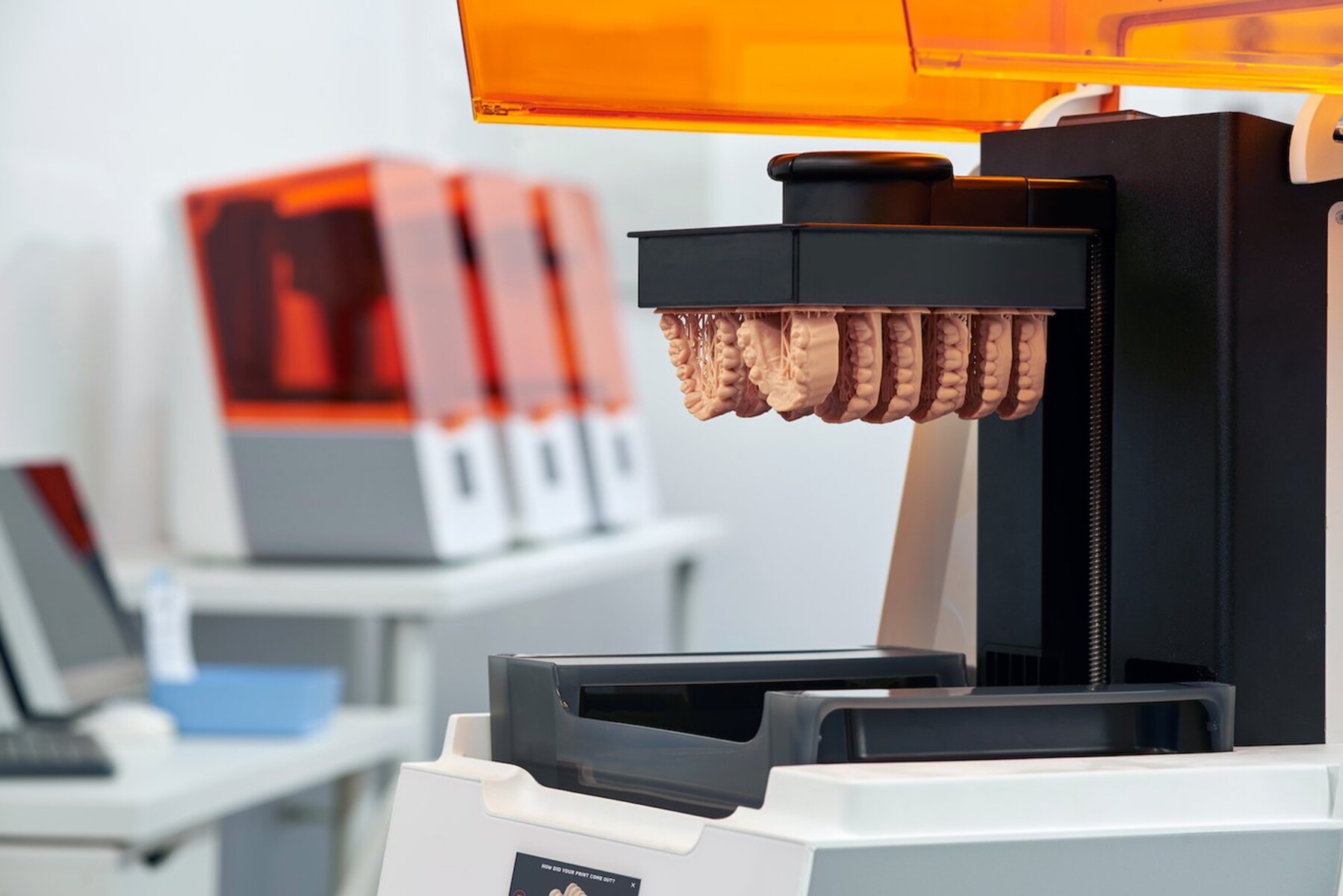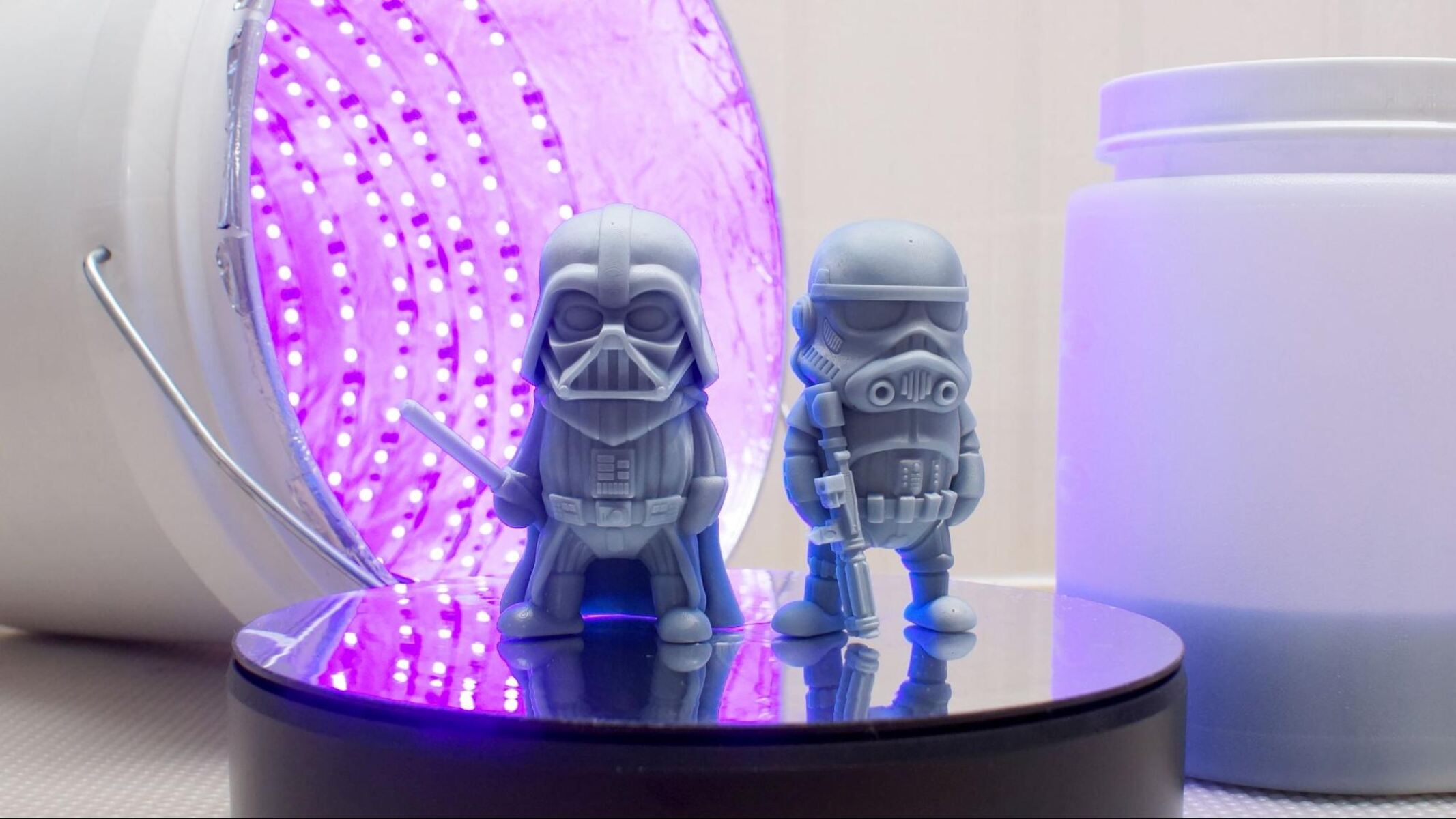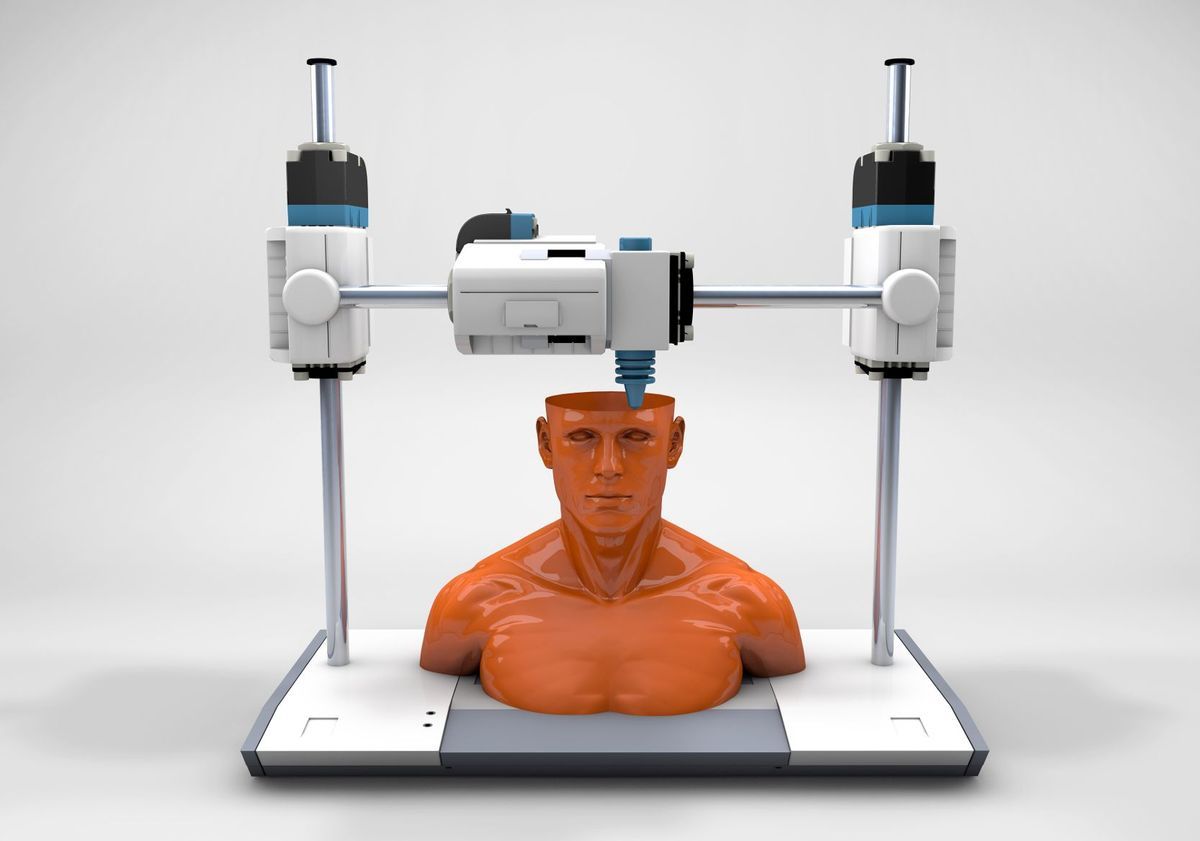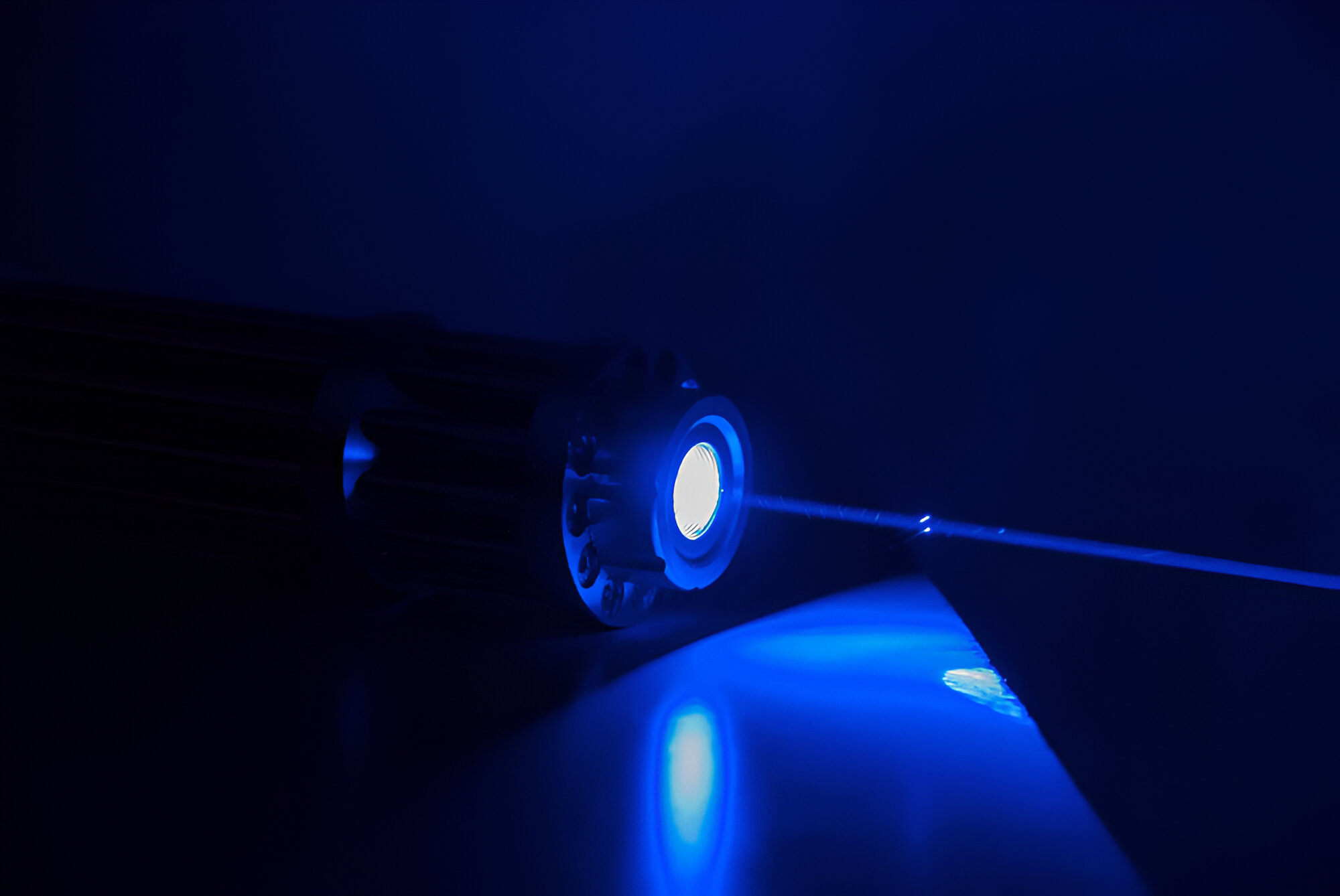Introduction
Teeth whitening has become increasingly popular in recent years, with individuals seeking brighter, more radiant smiles. The pursuit of a dazzling smile has led to the development of various teeth whitening methods, each promising to deliver remarkable results. Among these methods, the use of blue light technology has gained significant attention for its purported ability to enhance the whitening effects of dental treatments.
In this article, we will delve into the fascinating world of dental science and explore the remarkable effects of blue light on teeth whitening. By understanding the underlying science and mechanisms involved, we can gain valuable insights into how this innovative technology is revolutionizing the field of cosmetic dentistry.
As we embark on this journey, we will unravel the intricate processes that govern teeth whitening, shedding light on the pivotal role of blue light in this transformative process. Through a comprehensive exploration of the scientific principles and clinical evidence, we aim to provide a comprehensive understanding of how blue light technology is shaping the future of teeth whitening.
Join us as we embark on an illuminating exploration of the captivating synergy between blue light and teeth whitening, uncovering the scientific marvels that underpin this revolutionary advancement in dental science.
Understanding the Science Behind Teeth Whitening
Teeth whitening, also known as dental bleaching, is a cosmetic procedure designed to lighten the shade of the teeth and diminish discoloration and stains. The science behind teeth whitening revolves around the removal of extrinsic and intrinsic stains that accumulate on the enamel and dentin layers of the teeth over time. Extrinsic stains are typically caused by external factors such as consumption of coffee, tea, and tobacco, while intrinsic stains result from factors like aging, trauma, or excessive fluoride exposure during tooth development.
The primary goal of teeth whitening is to disrupt the molecular bonds of the staining compounds, leading to a reduction in their concentration and visible discoloration. This process involves the use of whitening agents, such as hydrogen peroxide or carbamide peroxide, which penetrate the enamel and dentin to initiate the chemical reaction responsible for breaking down the stains.
The effectiveness of teeth whitening treatments is influenced by various factors, including the concentration of the whitening agent, the duration of treatment, and the method of application. Additionally, the permeability of the tooth structure and the presence of underlying dental conditions can impact the outcome of the whitening process.
Understanding the science behind teeth whitening also entails recognizing the role of tooth structure and the composition of enamel and dentin. Enamel, the outermost layer of the tooth, is composed of densely packed hydroxyapatite crystals, which contribute to its hardness and protective function. Dentin, located beneath the enamel, is less mineralized and contains microscopic tubules that allow the passage of whitening agents and facilitate the diffusion of oxygen radicals responsible for breaking down the stains.
The intricate interplay between the whitening agents, tooth structure, and staining compounds underscores the scientific complexity of teeth whitening. By comprehending the underlying principles governing this process, dental professionals can tailor treatments to optimize results while minimizing potential side effects.
In the quest for a brighter, more radiant smile, understanding the science behind teeth whitening serves as a cornerstone for developing innovative techniques and technologies that continue to redefine the landscape of cosmetic dentistry.
The Role of Blue Light in Teeth Whitening
Blue light technology has emerged as a revolutionary adjunct to traditional teeth whitening procedures, offering a promising avenue for enhancing the efficacy of whitening treatments. The utilization of blue light in teeth whitening is rooted in the understanding of its unique properties and its ability to optimize the chemical reactions involved in the whitening process.
The primary role of blue light in teeth whitening is to activate the whitening agent, typically hydrogen peroxide or carbamide peroxide, to accelerate the breakdown of staining compounds. When exposed to blue light within a specific wavelength range, the whitening agent undergoes a photochemical reaction, leading to the generation of free radicals and reactive oxygen species. These reactive species then permeate the enamel and dentin, facilitating the disintegration of chromophores responsible for discoloration.
One of the key advantages of incorporating blue light into teeth whitening procedures is its ability to enhance the penetration of the whitening agent into the tooth structure. The interaction between blue light and the whitening agent promotes deeper penetration and diffusion of the active compounds, thereby targeting stubborn stains and achieving more comprehensive whitening results.
Furthermore, blue light serves as a catalyst for the activation of the whitening agent, expediting the chemical breakdown of stains and accelerating the overall whitening process. By stimulating the photoactivation of the whitening agent, blue light optimizes the efficiency of the treatment, leading to faster and more pronounced whitening outcomes.
In addition to its role in activating the whitening agent, blue light also contributes to minimizing tooth sensitivity, a common concern associated with traditional teeth whitening procedures. The controlled application of blue light helps to mitigate potential sensitivity by stabilizing the tooth structure and reducing post-treatment discomfort, thereby enhancing the overall patient experience.
The integration of blue light technology into teeth whitening protocols represents a significant advancement in cosmetic dentistry, offering a synergistic approach that maximizes the transformative potential of whitening treatments. As the understanding of blue light's role in teeth whitening continues to evolve, it holds the promise of further refining and optimizing whitening procedures, ultimately contributing to the attainment of brighter, more radiant smiles for individuals seeking to rejuvenate their dental aesthetics.
The Mechanism of Action of Blue Light on Teeth
The mechanism of action of blue light on teeth encompasses a series of intricate processes that culminate in the remarkable whitening effects observed during teeth whitening treatments. At the core of this mechanism lies the interaction between blue light, the whitening agent, and the tooth structure, orchestrating a symphony of photochemical reactions that yield transformative outcomes.
When blue light, typically within the range of 400 to 500 nanometers, is directed onto the teeth during whitening procedures, it stimulates the activation of the whitening agent, which is commonly composed of hydrogen peroxide or carbamide peroxide. This activation process initiates a photochemical reaction, leading to the generation of free radicals and reactive oxygen species within the tooth structure. These highly reactive species permeate the enamel and dentin, targeting the chromophores responsible for staining and discoloration.
The interaction between blue light and the whitening agent serves as a catalyst for the breakdown of molecular bonds within the staining compounds, effectively disintegrating the discoloration and diminishing the concentration of the chromophores. This process of photoactivation, facilitated by blue light, accelerates the chemical reactions that drive the whitening process, resulting in a more efficient and comprehensive removal of stains.
Furthermore, the utilization of blue light optimizes the penetration and diffusion of the whitening agent into the tooth structure, enabling deeper access to stubborn stains and enhancing the overall effectiveness of the treatment. By promoting the permeation of the active compounds, blue light augments the ability of the whitening agent to reach and disrupt the internal sources of discoloration, thereby contributing to the achievement of visibly whiter teeth.
Moreover, the photoactivation induced by blue light serves to expedite the whitening process, leading to faster and more pronounced results. The synergistic interplay between blue light and the whitening agent ensures that the chemical breakdown of stains is accelerated, offering a compelling solution for individuals seeking expedited and impactful teeth whitening outcomes.
In summary, the mechanism of action of blue light on teeth encompasses its role as a catalyst for the activation of the whitening agent, its capacity to optimize the penetration of active compounds, and its ability to expedite the whitening process. This intricate interplay underscores the pivotal contribution of blue light technology to the advancement of teeth whitening, heralding a new era of transformative dental aesthetics.
Clinical Studies and Evidence Supporting the Whitening Effects of Blue Light
Numerous clinical studies have been conducted to evaluate the efficacy of blue light technology in enhancing the whitening effects of dental treatments. These studies have yielded compelling evidence supporting the transformative impact of blue light on teeth whitening, providing valuable insights into its role as a catalyst for achieving visibly whiter smiles.
In a landmark clinical trial published in the Journal of the American Dental Association, researchers investigated the comparative outcomes of teeth whitening with and without the use of blue light activation. The results demonstrated a notable disparity in the degree of whitening achieved, with the group receiving blue light treatment exhibiting significantly greater improvements in tooth shade compared to the control group. This pivotal study underscored the pivotal role of blue light in augmenting the whitening effects of dental bleaching agents, laying the foundation for subsequent investigations into its clinical applications.
Furthermore, a comprehensive meta-analysis encompassing multiple randomized controlled trials corroborated the findings of individual studies, highlighting a consistent trend towards enhanced whitening outcomes with the incorporation of blue light technology. The analysis revealed a statistically significant increase in the efficacy of teeth whitening when blue light activation was employed, further substantiating the clinical relevance of this innovative approach.
Moreover, long-term observational studies have provided valuable insights into the sustainability of whitening effects facilitated by blue light technology. These studies have demonstrated that the benefits of blue light-enhanced whitening endure over extended periods, with minimal regression in tooth shade observed compared to conventional whitening methods. This sustained efficacy underscores the enduring impact of blue light technology in delivering enduring aesthetic enhancements, thereby reinforcing its position as a pivotal asset in the realm of cosmetic dentistry.
The collective body of clinical evidence unequivocally supports the notion that blue light technology significantly amplifies the whitening effects of dental treatments. These findings not only validate the practical utility of blue light in clinical settings but also instill confidence in its potential to redefine the standard of care for teeth whitening. As the scientific literature continues to expand, the cumulative evidence further solidifies the pivotal role of blue light in shaping the future of dental aesthetics, heralding a new era of transformative possibilities for individuals seeking radiant and rejuvenated smiles.
The Future of Blue Light Teeth Whitening Technology
The future of blue light teeth whitening technology holds immense promise for advancing the frontiers of cosmetic dentistry, ushering in a new era of transformative possibilities for individuals seeking to rejuvenate their dental aesthetics. As technological innovation continues to evolve, the trajectory of blue light technology in teeth whitening is poised to unveil groundbreaking advancements that redefine the standard of care and elevate the patient experience to unprecedented heights.
One of the pivotal areas of focus in the future development of blue light teeth whitening technology lies in the refinement of light delivery systems. Advancements in light-emitting diode (LED) technology and the optimization of wavelength specifications are anticipated to enhance the precision and efficacy of blue light activation, thereby maximizing its potential to accelerate the whitening process and achieve consistently remarkable results. The integration of advanced light delivery mechanisms holds the promise of further augmenting the transformative impact of blue light on teeth whitening, setting the stage for unparalleled aesthetic enhancements.
Furthermore, the convergence of blue light technology with artificial intelligence (AI) and digital imaging is poised to revolutionize treatment customization and outcome prediction. The utilization of AI algorithms to analyze individual dental characteristics and predict whitening responses based on personalized parameters represents a paradigm shift in tailoring treatments to the unique needs of each patient. By harnessing the power of AI-driven diagnostics and digital imaging, dental professionals can optimize treatment planning and prognostication, thereby ensuring precision and efficacy in delivering tailored whitening solutions.
Additionally, the future of blue light teeth whitening technology is characterized by a concerted focus on sustainability and eco-conscious practices. The development of eco-friendly whitening agents and recyclable light delivery systems reflects a commitment to environmental stewardship while advancing the frontiers of dental aesthetics. By prioritizing sustainable practices and biocompatible materials, the future landscape of blue light teeth whitening technology aligns with the ethos of responsible innovation, fostering a harmonious synergy between technological advancement and ecological mindfulness.
As we venture into the future, the evolution of blue light teeth whitening technology is poised to transcend conventional boundaries, redefining the possibilities of dental aesthetics and empowering individuals to embrace radiant and rejuvenated smiles. The convergence of precision light delivery systems, AI-driven customization, and sustainable practices heralds a future where transformative dental enhancements are seamlessly intertwined with technological ingenuity, laying the foundation for a new era of radiant smiles and unparalleled patient satisfaction.







